Fields and meadows are enriched by a beautiful tapestry of wildflowers, among which the Cornflower (Centaurea cyanus) stands out. With its lovely blue color and enchanting presence, this delicately bloomed flower has been adored by nature lovers, artists, and gardeners for ages. This write-up explores the captivating beauty and symbolism of the Cornflower, its cultural importance, and how it contributes to gardens and the ecosystem.
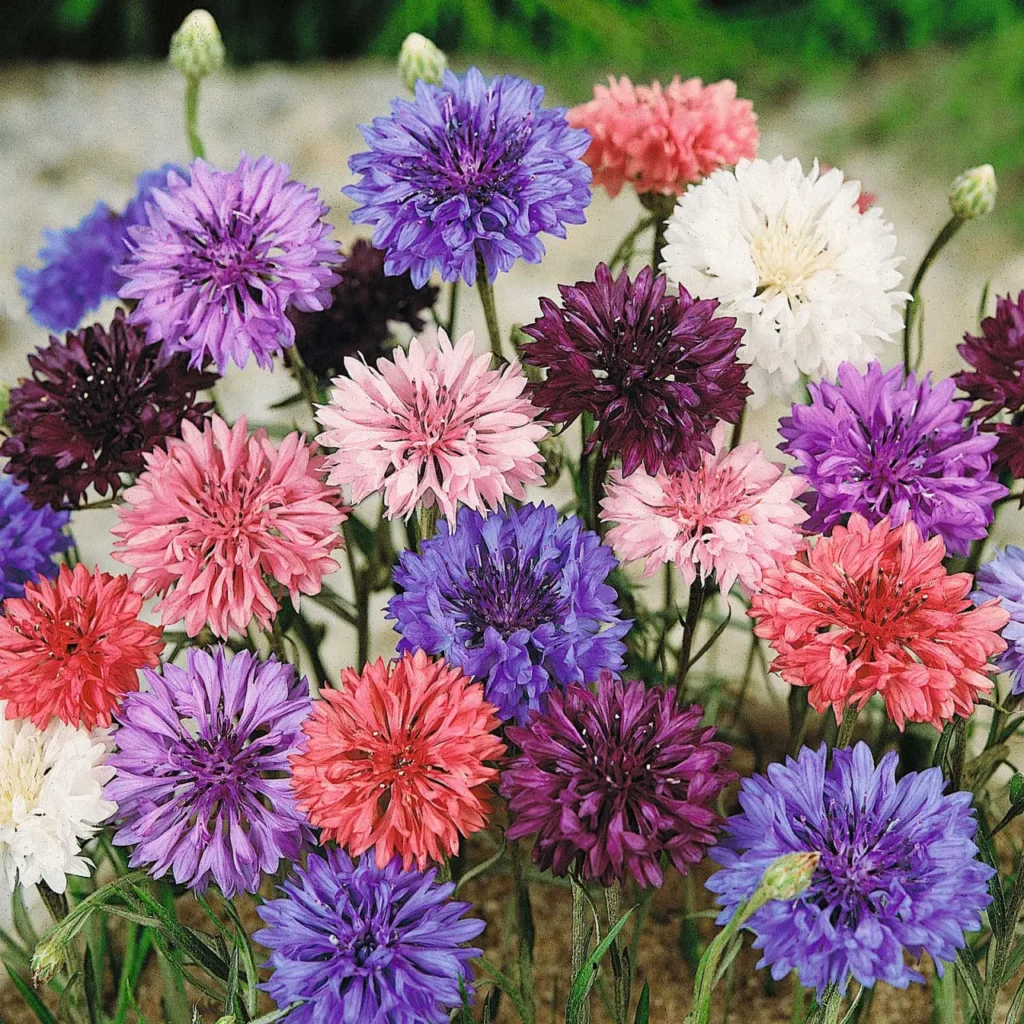
The Cornflower, or Bachelor’s Button, is a lovely flower that only blooms once a year and is part of the Asteraceae family. Its striking blue color ranges from a delicate sky blue to a rich royal blue, making it truly eye-catching. The flower has lots of tiny tubular florets surrounded by spiky, lively bracts. Although Cornflowers can be found in other colors such as pink, white, and purple, it is their blue variety that stands out the most and is highly valued.
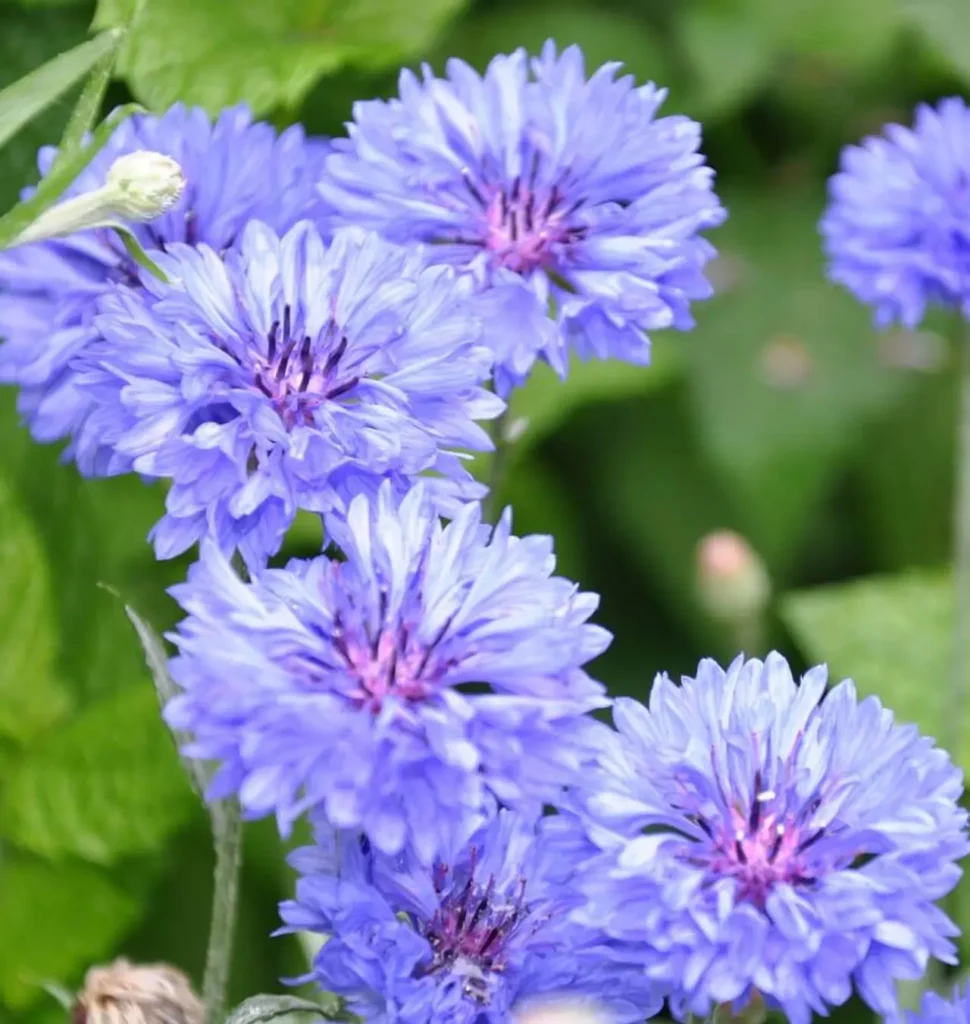
The Cornflower has played a vital role in cultural significance and symbolism throughout history. It has been closely linked with good fortune, affection, and productivity, which is why it’s a popular choice for wedding flowers in some parts of the world. According to folklore, wearing a Cornflower crown bestowed upon the wearer the power to see supernatural creatures and protect against evil spirits. Additionally, the Cornflower has been used as a symbol of honor and respect for soldiers who lost their lives during World War I, specifically in Europe.
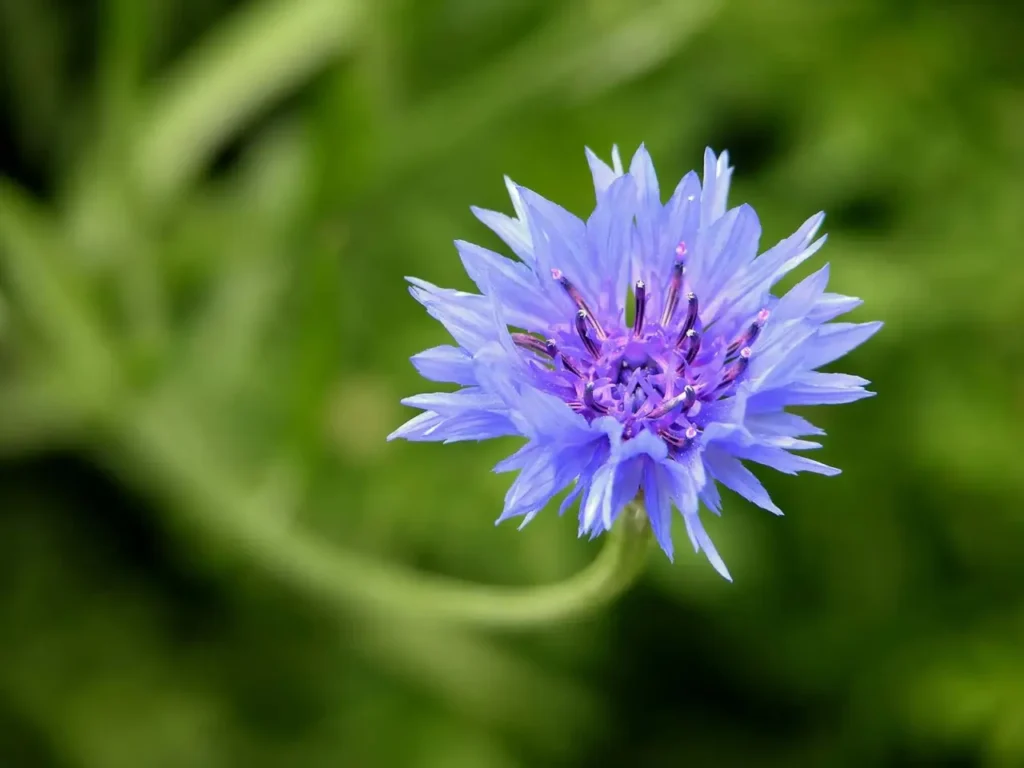
The Cornflower, also known as Centaurea cyanus, is renowned for its stunning blue shade. This unique blue tone is typically described as a bright sky blue or a deep royal blue, and it’s the most classic and recognizable color associated with Cornflowers. Despite this, Cornflowers can also be found in different hues, such as pink, white, and purple. These less common color variations add diversity and appeal to this adored flower species. However, the vibrant blue shade remains the ultimate symbol of the Cornflower.
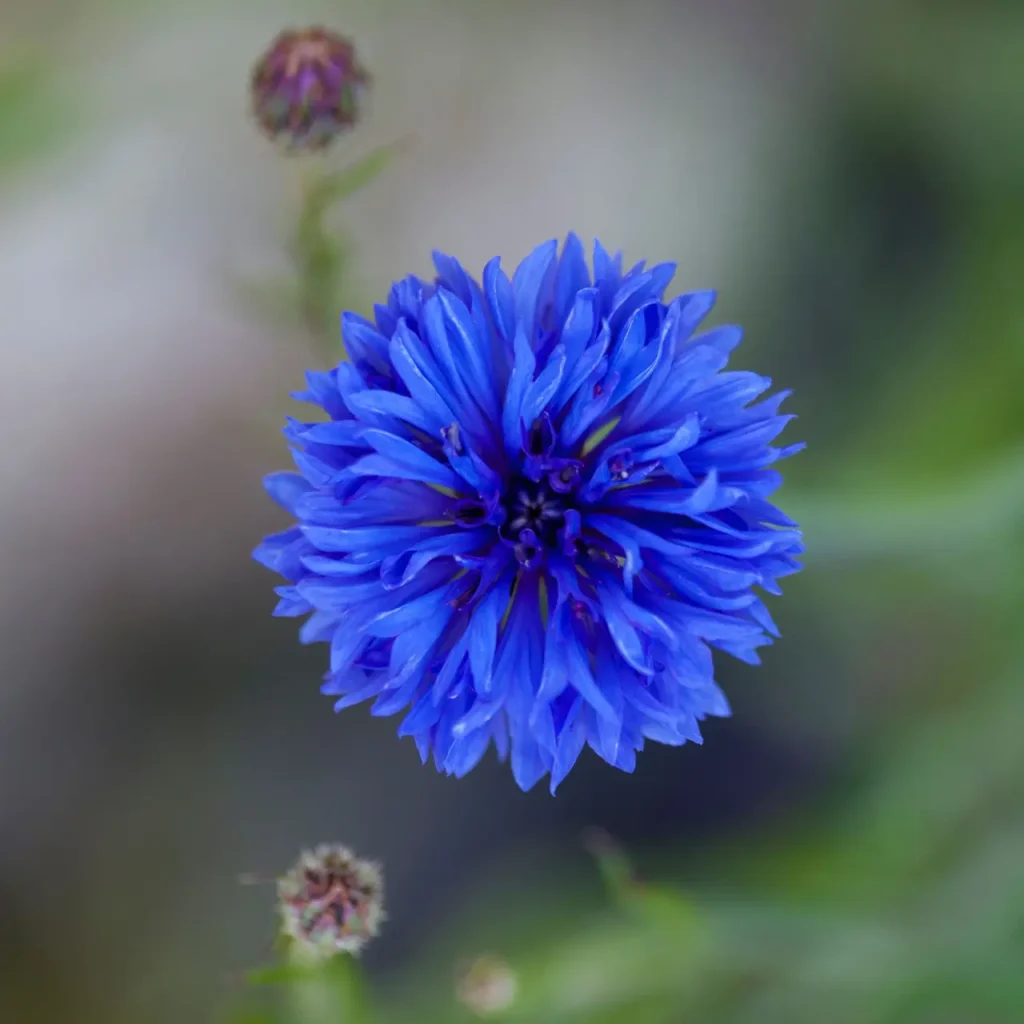
The Benefits of Cornflowers in the Garden and How to Care for Them
Cornflowers are well-loved for their effortless growth and naturalization in meadows and wildflower gardens. With their preference for full sun and well-draining soil, they’re also an ideal choice for rock gardens, borders, and even container plantings. Not only do these versatile flowers add beauty to your garden, but they also attract essential pollinators like bees and butterflies, bringing vibrant life and movement to your outdoor space.
To grow Cornflowers, you can either sow the seeds directly into the garden bed after the last frost date or start them indoors a few weeks ahead. They don’t require much upkeep, only moderate watering, and occasional deadheading to encourage continuous blooming. Moreover, Cornflowers have the tendency to self-seed, allowing them to come back year after year with minimal effort on your part.
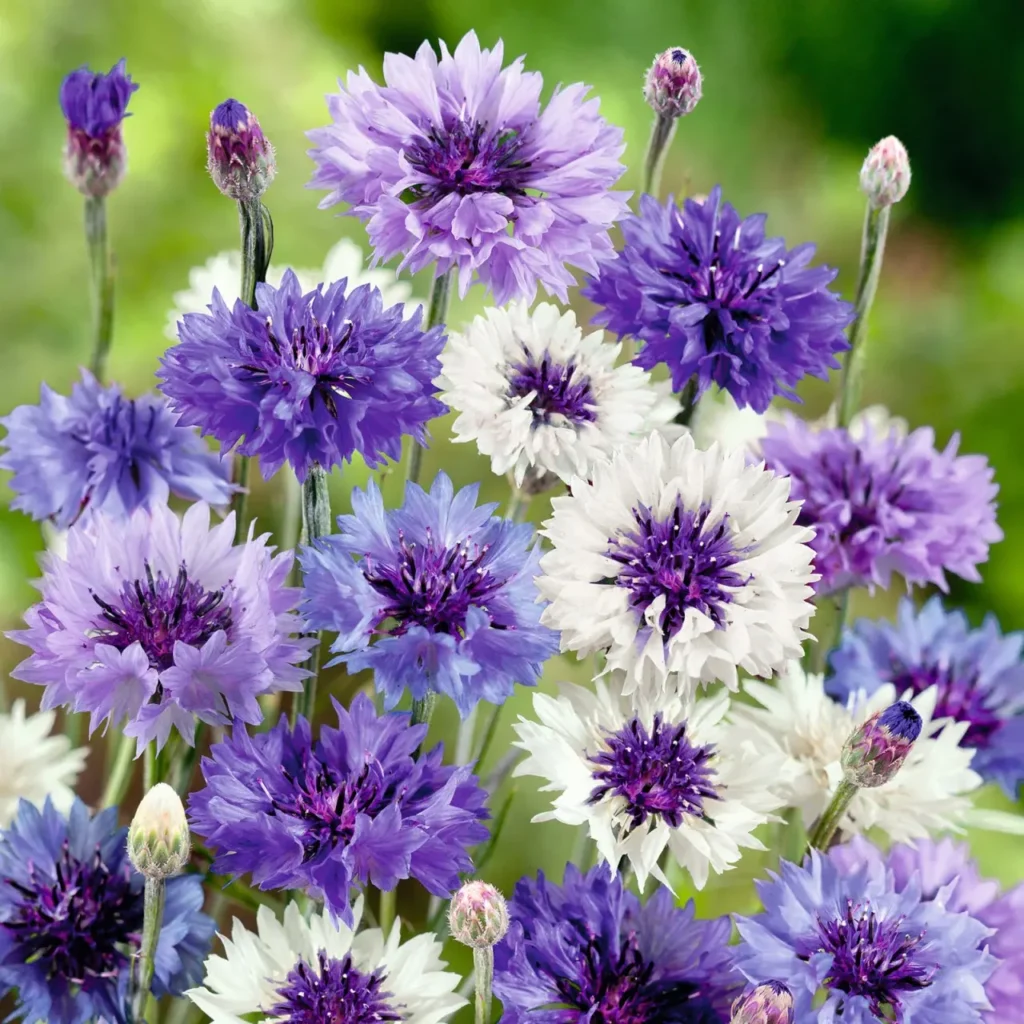
The enduring loveliness of Cornflowers has been a source of creative inspiration for countless artists, poets, and painters over the years. These charming flowers, with their vivid blue petals and graceful shape, have been lovingly depicted in still-life artwork, tapestries, and botanical drawings. Whenever Cornflowers are featured in artistic works, they can evoke feelings of wistfulness, liberation, and the pure joys of rural life.
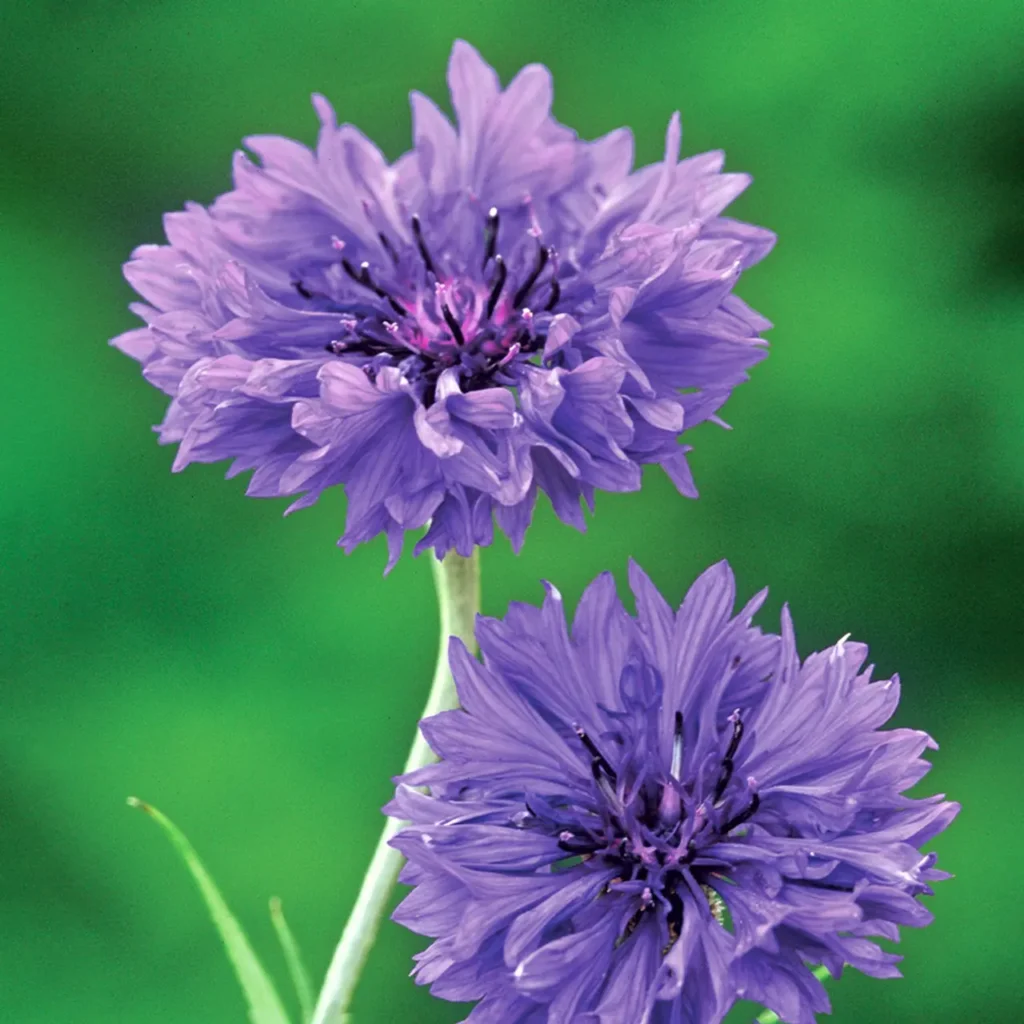
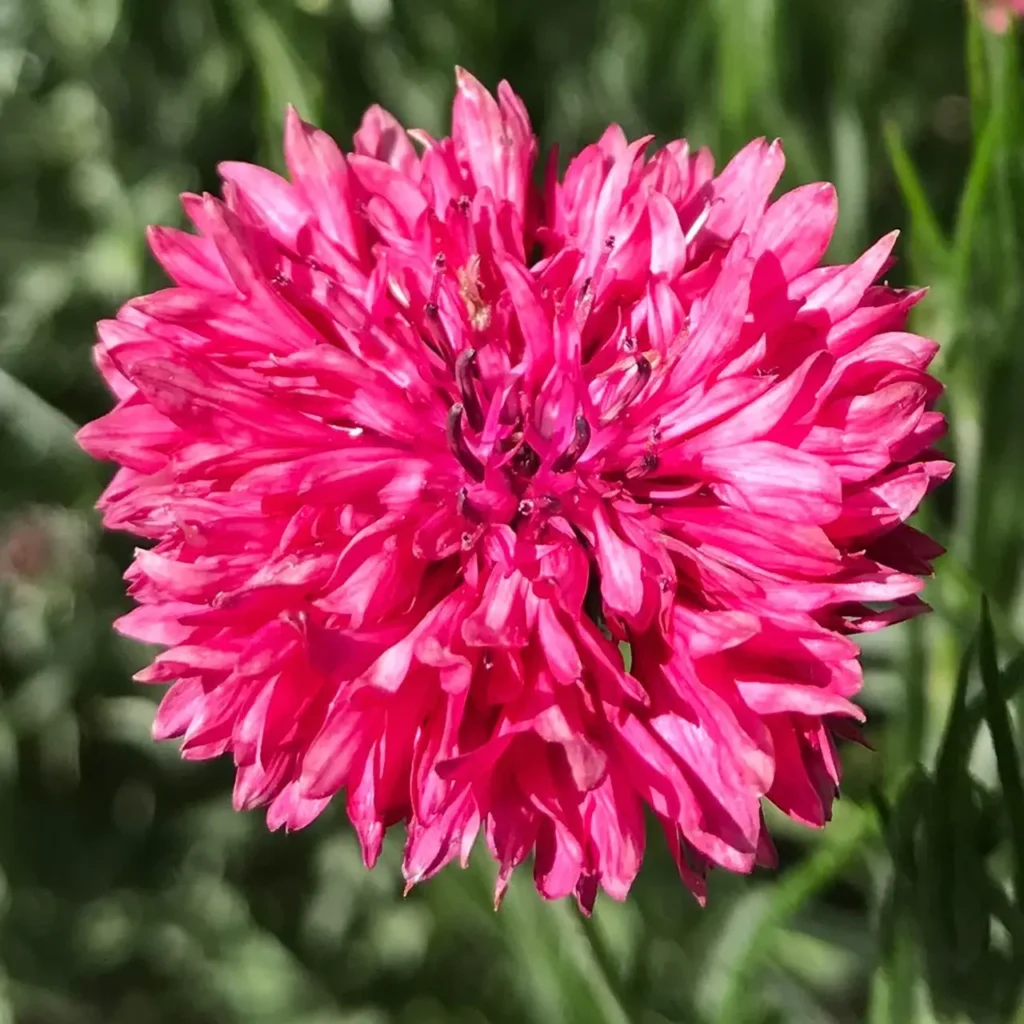
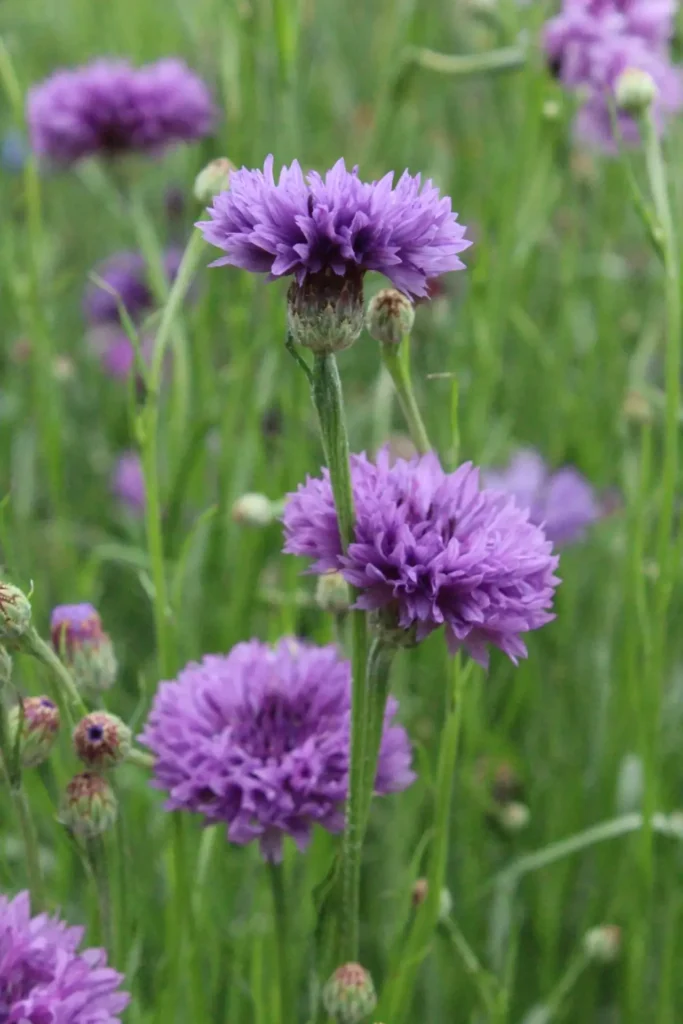
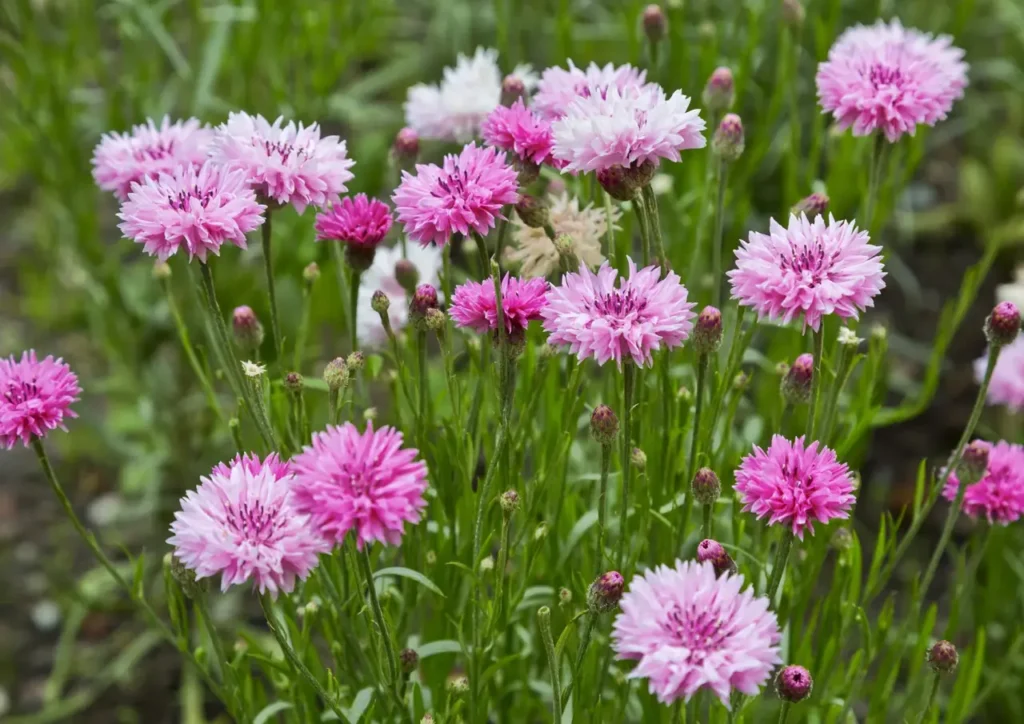
The Cornflower, a flower with captivating blue petals and rich cultural significance, has captured our hearts and imaginations, leaving an unforgettable impression on our gardens, art, and creativity. Whether it’s seen dotting a meadow or arranged in a bridal bouquet, it adds a touch of natural elegance and enchantment to any environment. As we admire the Cornflower’s delicate beauty, it’s crucial to acknowledge the significance of protecting and nurturing the natural habitats where this lovely bloom and other wildflowers flourish. This ensures that future generations can continue to delight in their charming yet compelling allure.
